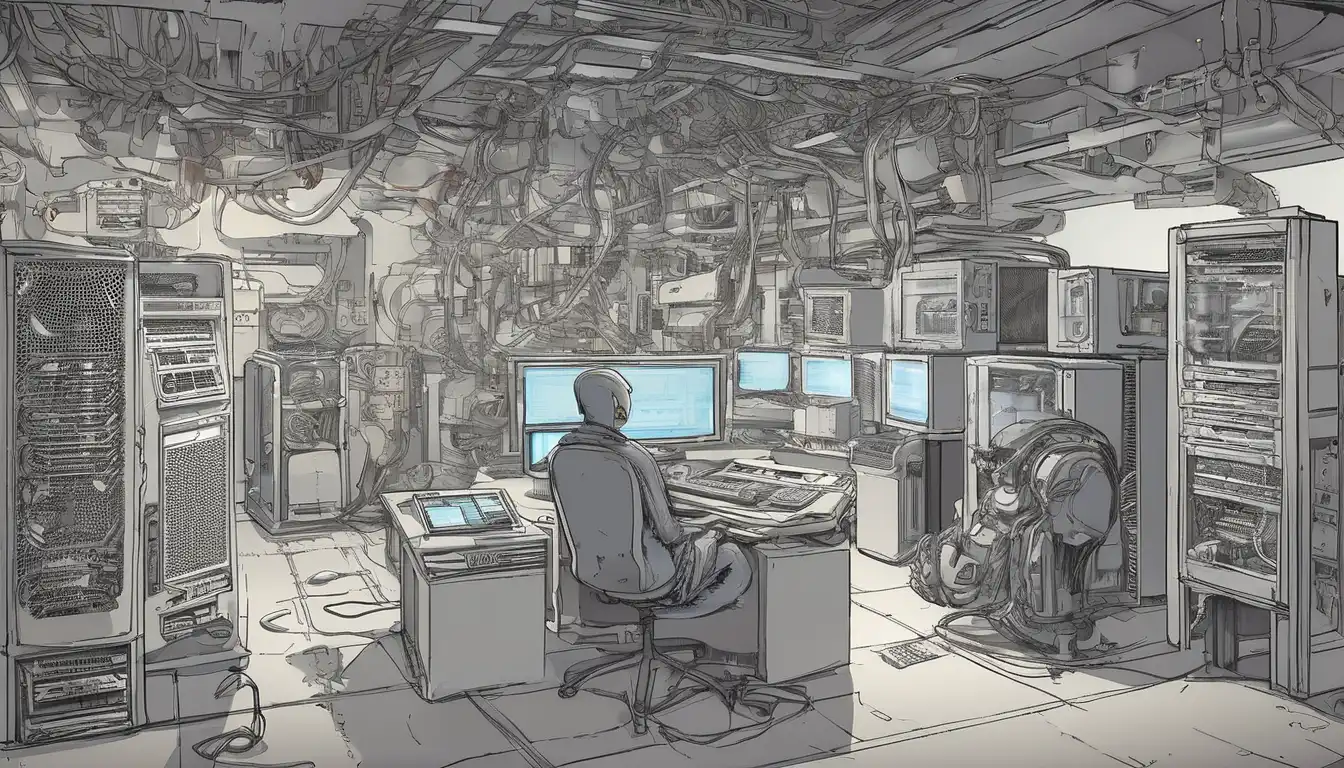Introduction to Computer Component Selection
Building your own computer can be an incredibly rewarding experience, but choosing the right components is crucial for optimal performance and value. Whether you're building a gaming rig, workstation, or everyday computer, understanding how to select compatible and appropriate components will save you time, money, and frustration. This comprehensive guide walks you through each critical component decision, helping you create a system that meets your specific needs and budget.
Understanding Your Needs and Budget
Before diving into specific components, it's essential to define your computer's primary purpose and establish a realistic budget. Different use cases require different hardware priorities. For gaming, focus on the graphics card and processor. For content creation, prioritize RAM and storage speed. For general use, balance performance with cost-effectiveness. Consider future-proofing your build by allocating slightly more budget to components that are difficult to upgrade later.
Defining Your Use Case
Identify your primary activities: gaming, video editing, programming, office work, or general multimedia consumption. Each use case has different hardware requirements that will guide your component selection process throughout the build.
Processor (CPU) Selection
The CPU serves as the brain of your computer, handling all computational tasks. When choosing a processor, consider core count, clock speed, and compatibility with your chosen motherboard socket. Intel and AMD offer competitive options across various price points. For gaming, higher clock speeds often matter more than core count, while content creation benefits from more cores and threads.
Key CPU Considerations
- Socket Compatibility: Ensure the CPU matches your motherboard's socket type
- Core Count: More cores benefit multitasking and parallel processing
- Clock Speed: Higher GHz typically means faster single-thread performance
- Integrated Graphics: Useful if you're not immediately adding a dedicated GPU
Motherboard Selection
The motherboard is the foundation that connects all your components. Choose a motherboard that matches your CPU's socket, provides adequate expansion slots, and offers the features you need. Consider factors like form factor (ATX, micro-ATX, mini-ITX), RAM slots, storage connectors, and connectivity options. Higher-end motherboards often include better power delivery systems and more robust cooling solutions.
Motherboard Form Factors
- ATX: Standard size with ample expansion options
- Micro-ATX: Compact while maintaining good functionality
- Mini-ITX: Ultra-compact for small form factor builds
Memory (RAM) Requirements
RAM affects your system's ability to handle multiple tasks simultaneously. For most users, 16GB provides a good balance of performance and value, while 32GB or more benefits heavy multitasking and memory-intensive applications. Ensure your RAM matches your motherboard's supported type (DDR4 or DDR5) and speed. Consider purchasing RAM in matched pairs to enable dual-channel operation for better performance.
Graphics Card (GPU) Considerations
The graphics card determines your system's visual performance, especially important for gaming and content creation. Consider your monitor's resolution and refresh rate when selecting a GPU. High-resolution gaming requires more powerful graphics cards, while general computing can often rely on integrated graphics. Balance your GPU choice with your CPU to avoid bottlenecks where one component significantly limits the other's performance.
GPU Selection Factors
- Resolution Support: Match GPU power to your monitor's capabilities
- VRAM: More video memory benefits high-resolution textures
- Power Requirements: Ensure your power supply can handle the GPU
- Physical Size: Verify the card fits your case
Storage Solutions
Modern builds typically combine SSD for speed and HDD for capacity. NVMe SSDs offer the fastest boot times and application loading, while SATA SSDs provide excellent performance at lower costs. Hard drives remain cost-effective for mass storage of files, photos, and videos. Consider a tiered storage approach with an SSD for your operating system and frequently used applications, complemented by a larger HDD for archival storage.
Power Supply Unit (PSU)
The power supply is often overlooked but critically important for system stability and longevity. Choose a PSU with adequate wattage for your components, plus some headroom for future upgrades. Look for 80 Plus certification indicating efficiency, and consider modular designs for easier cable management. Higher-quality PSUs provide cleaner power and better protection against voltage fluctuations.
PSU Wattage Calculation
Add the power requirements of your CPU, GPU, and other components, then add 20-30% for headroom. Online PSU calculators can help determine your specific needs based on your component selection.
Case Selection and Cooling
Your case houses all components and affects airflow, noise levels, and aesthetics. Consider case size compatibility with your motherboard and components, airflow design, and build quality. Adequate cooling is essential for maintaining performance and component longevity. Most builds benefit from additional case fans beyond what the case includes, and aftermarket CPU coolers often outperform stock coolers.
Compatibility Checking and Final Considerations
Before purchasing, verify all component compatibility using online tools or manual checking. Ensure your CPU fits the motherboard socket, RAM matches motherboard specifications, GPU fits the case, and PSU provides adequate power connectors. Consider peripheral needs like monitor connectivity, USB ports, and audio requirements. Finally, factor in operating system costs and any necessary software in your budget.
Building and Testing Your System
Once you've selected all components, carefully assemble your system following proper static electricity precautions. After assembly, thoroughly test your system, update drivers, and monitor temperatures under load. Proper component selection combined with careful assembly will result in a reliable, high-performance computer tailored to your specific needs.
Conclusion
Choosing the right computer components requires careful consideration of your needs, budget, and compatibility factors. By understanding each component's role and how they work together, you can build a system that delivers optimal performance for your specific use case. Remember that balance is key—avoid overspending on one component while neglecting others. With proper planning and research, you'll create a computer that serves you well for years to come.
